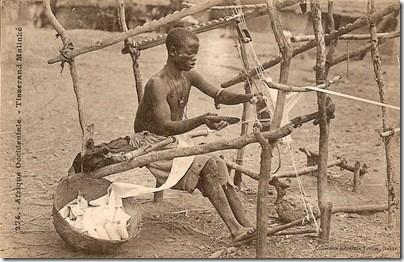
1 minute read
The importance and history of crafting in Senegal
from Making a City
Craft making in Senegal has a rich history, dating back throughout centuries. The country's cultural heritage has influenced the development of many traditional crafts, including but not limited to weaving, pottery, wood carving, and jewellery making. Senegal's craft industry has evolved over time to incorporate modern techniques and materials, resulting in an intense contemporary art scene.
Senegal has a long tradition of weaving textiles, particularly in the northern regions of the country. The Fulani people are known for their intricate cotton weavings. The Wolof people are renowned for their use of raffia and natural fibres to forge baskets and other goods. Pottery making also bears importance in Senegal, with many of the oldest known pottery fragments in West Africa discovered in the country.
Advertisement
Crafting is often considered part of the informal economy because it typically operates outside of formal systems of production, distribution, and sales. In many cases, goods are produced by individuals or groups of artisans who lack access to formal training, capital, or markets. Crafts can be sold in informal settings such as street markets, bazaars, or fairs, and often involve cash transactions that are not reported to taxing authorities. As a result, craft industries are often excluded from official economic statistics. They are not subject to the same regulations, protections, or benefits as formal sector workers.
Recently, Senegal's craft industry has faced challenges due to competition from cheap imports a lack of government support and protection due to the informal nature of its economy. However, there are efforts to revive traditional crafts through initiatives such as the Dakar Arts and Crafts Festival (Festival des Arts et Métiers de Dakar), and the establishment of craft markets and cooperatives.





